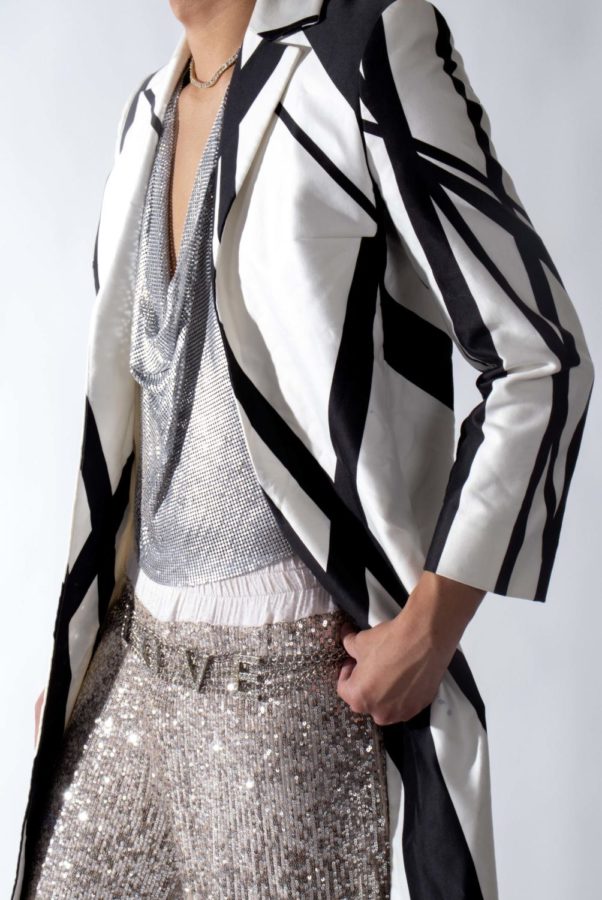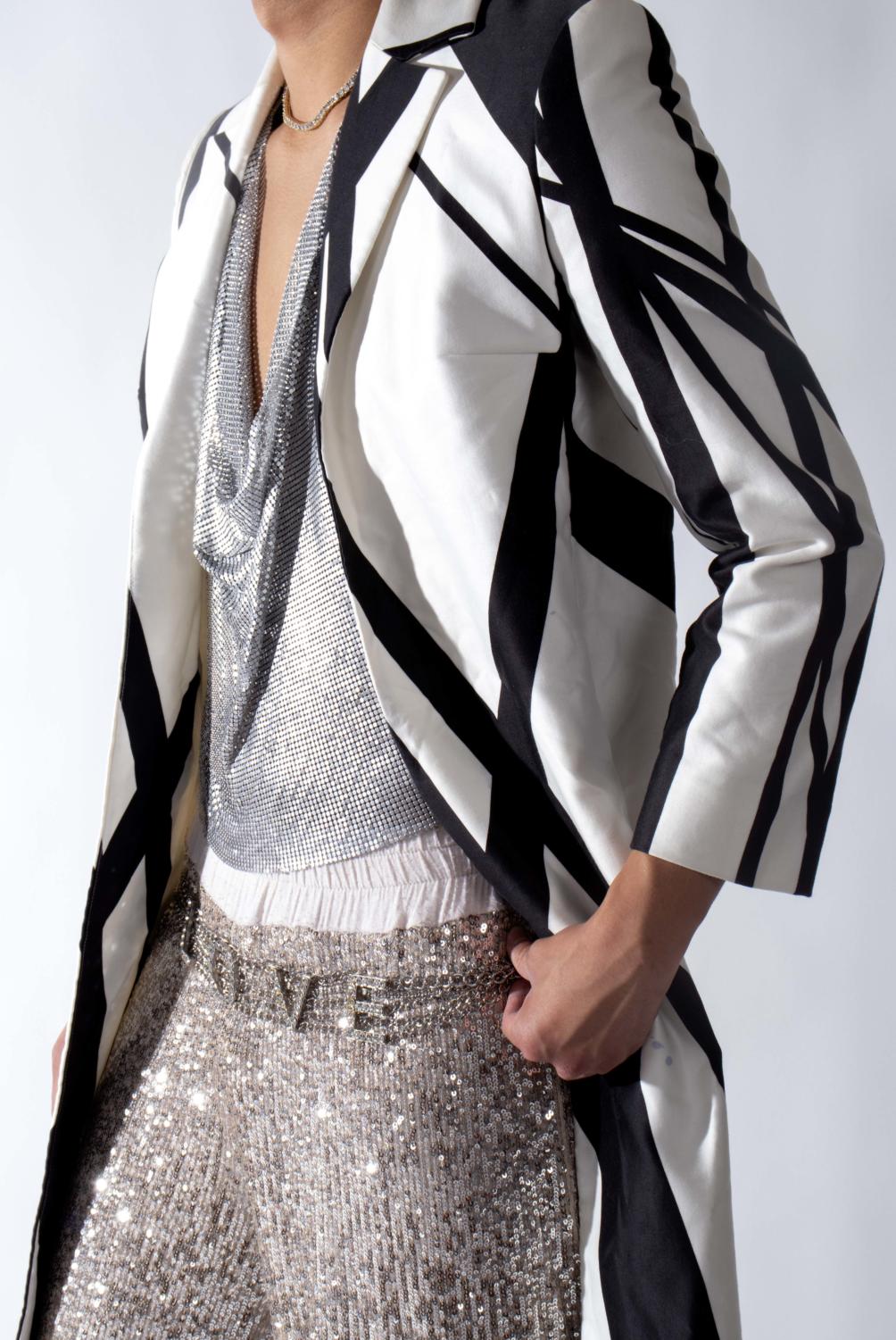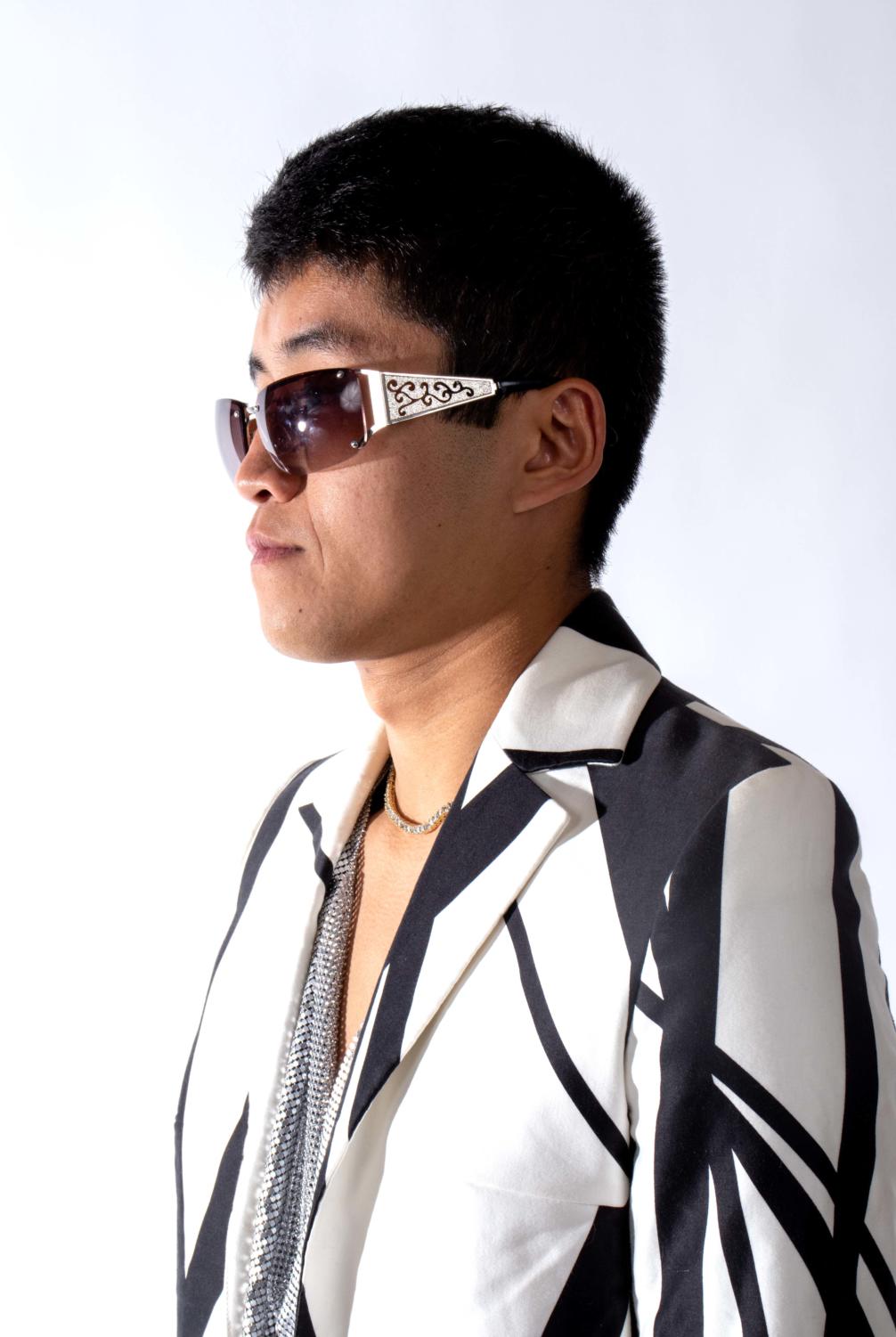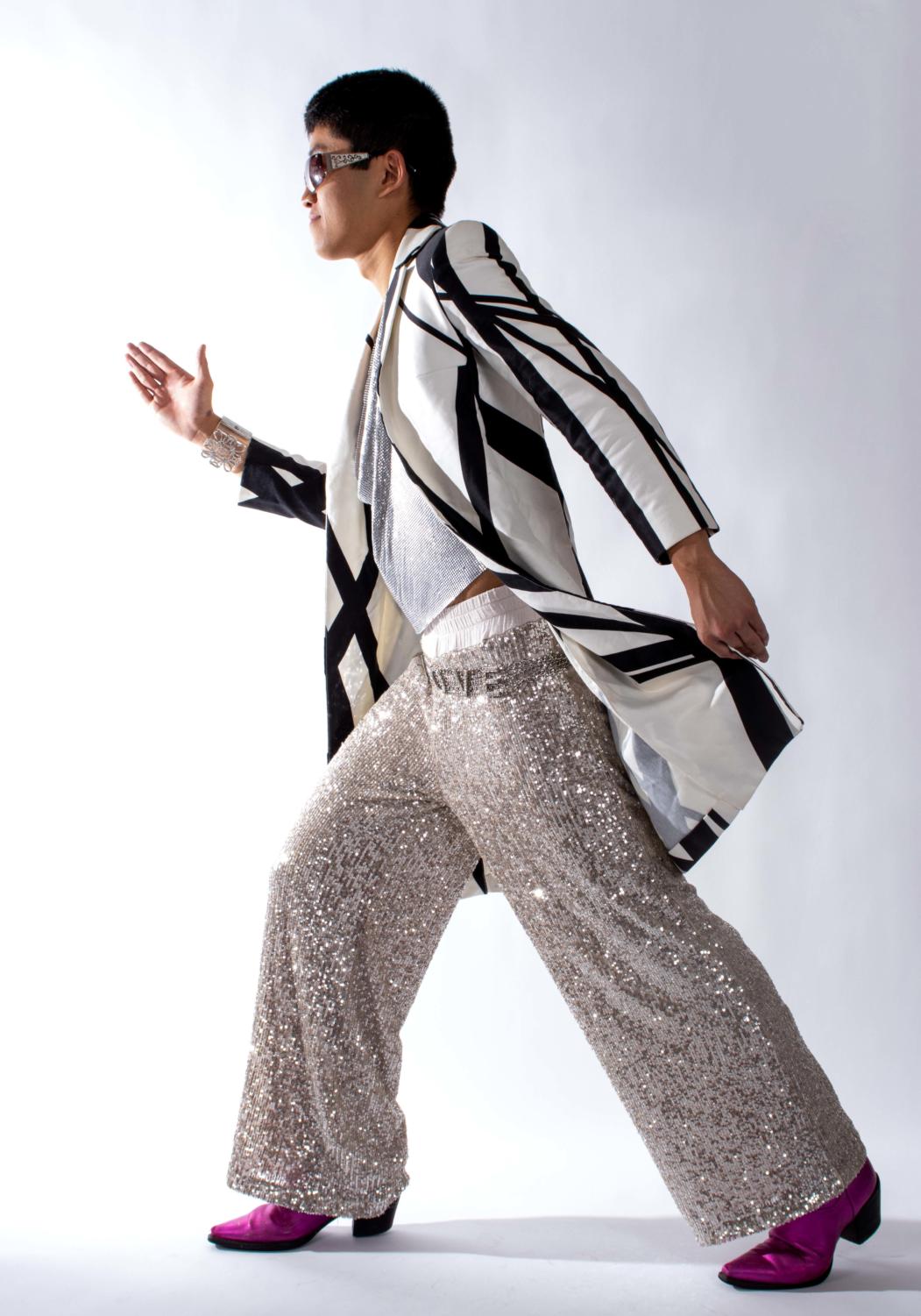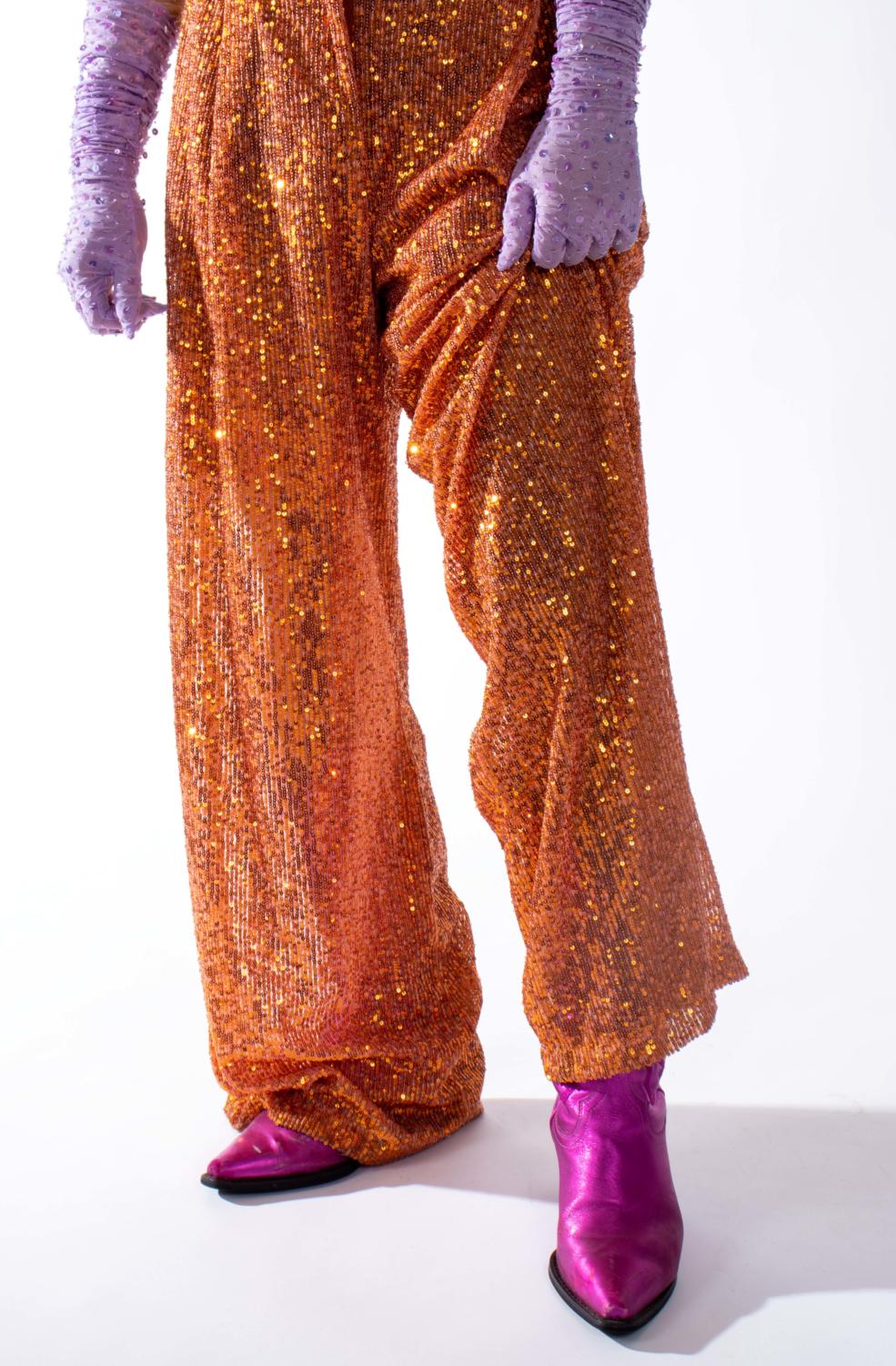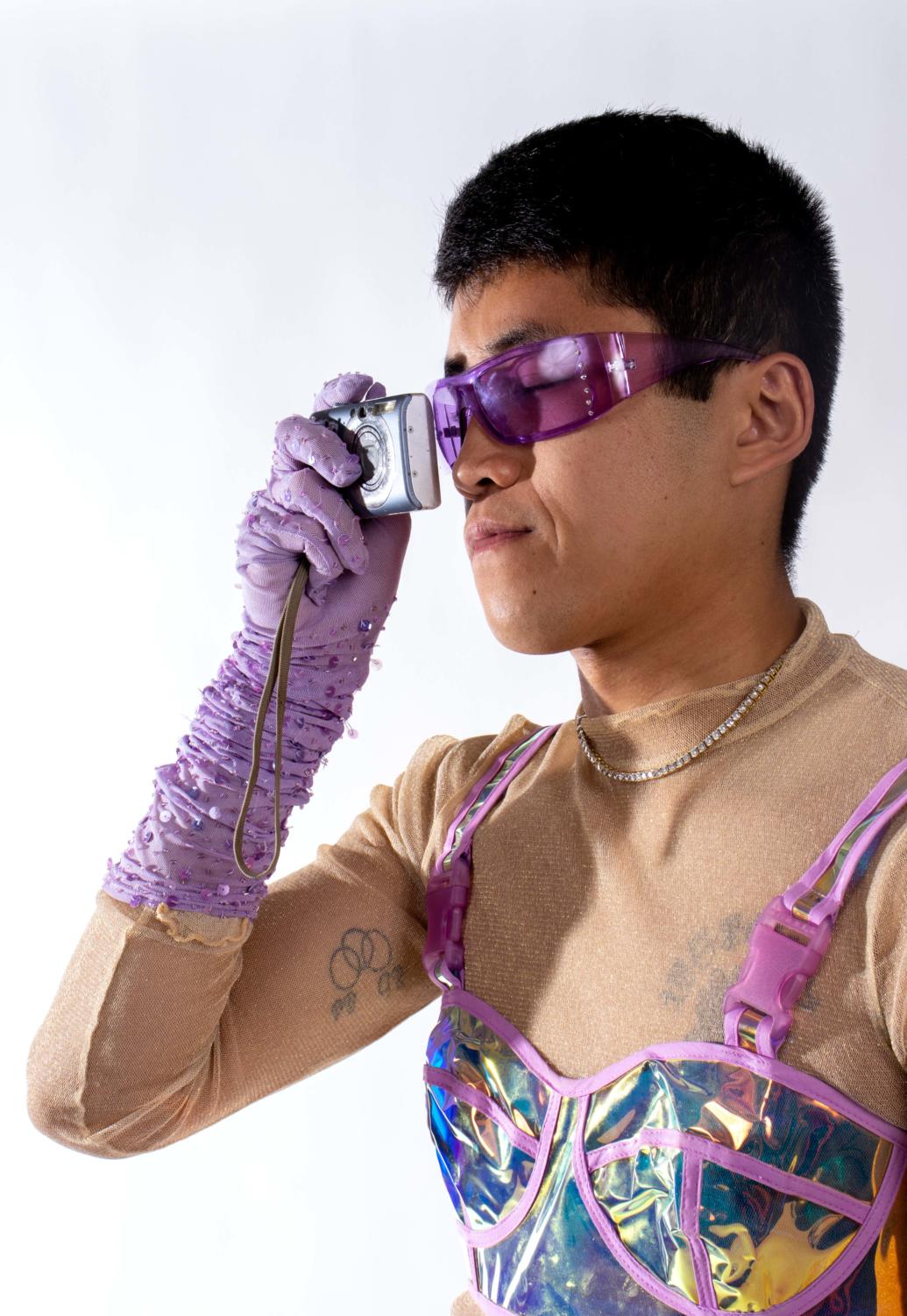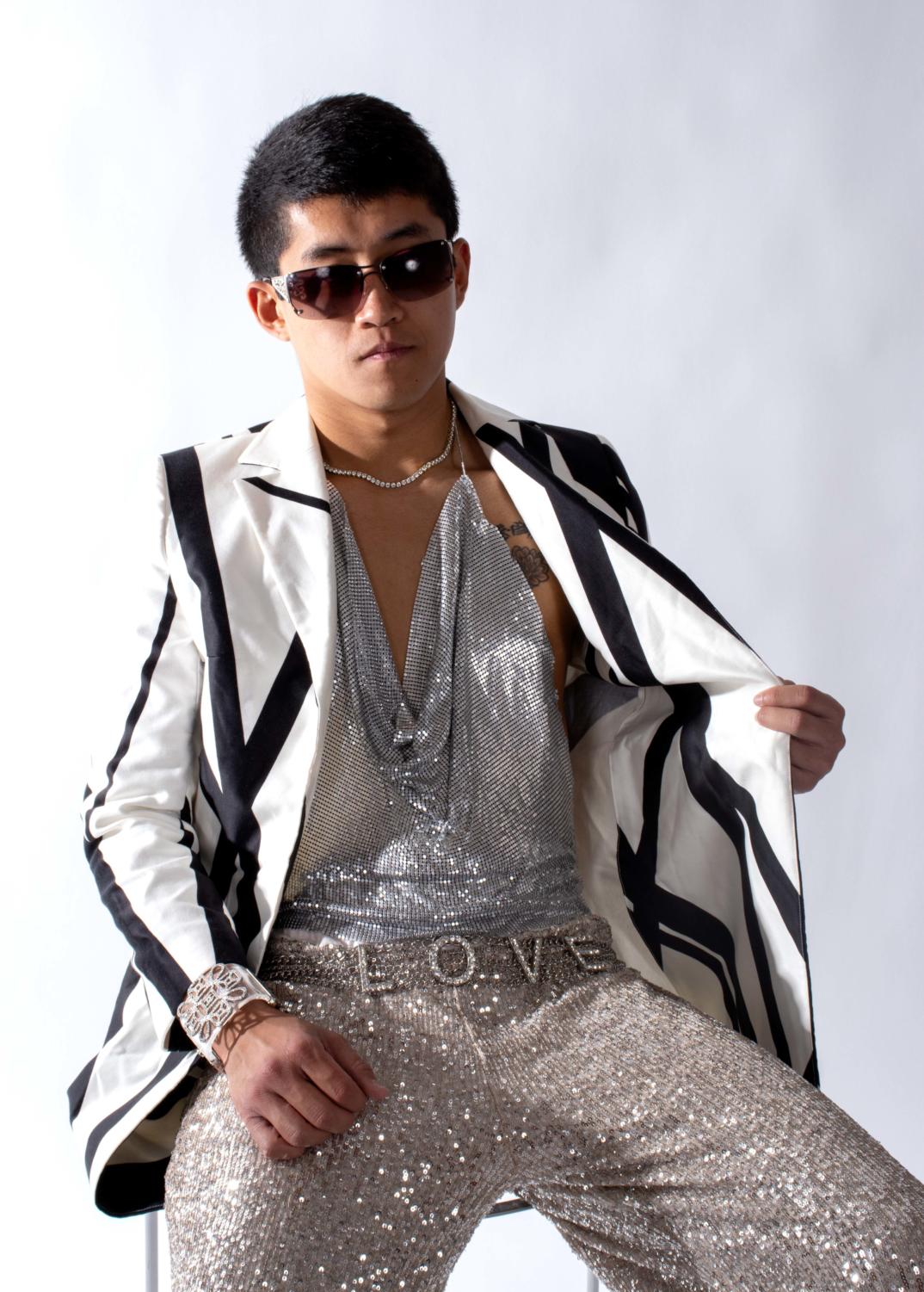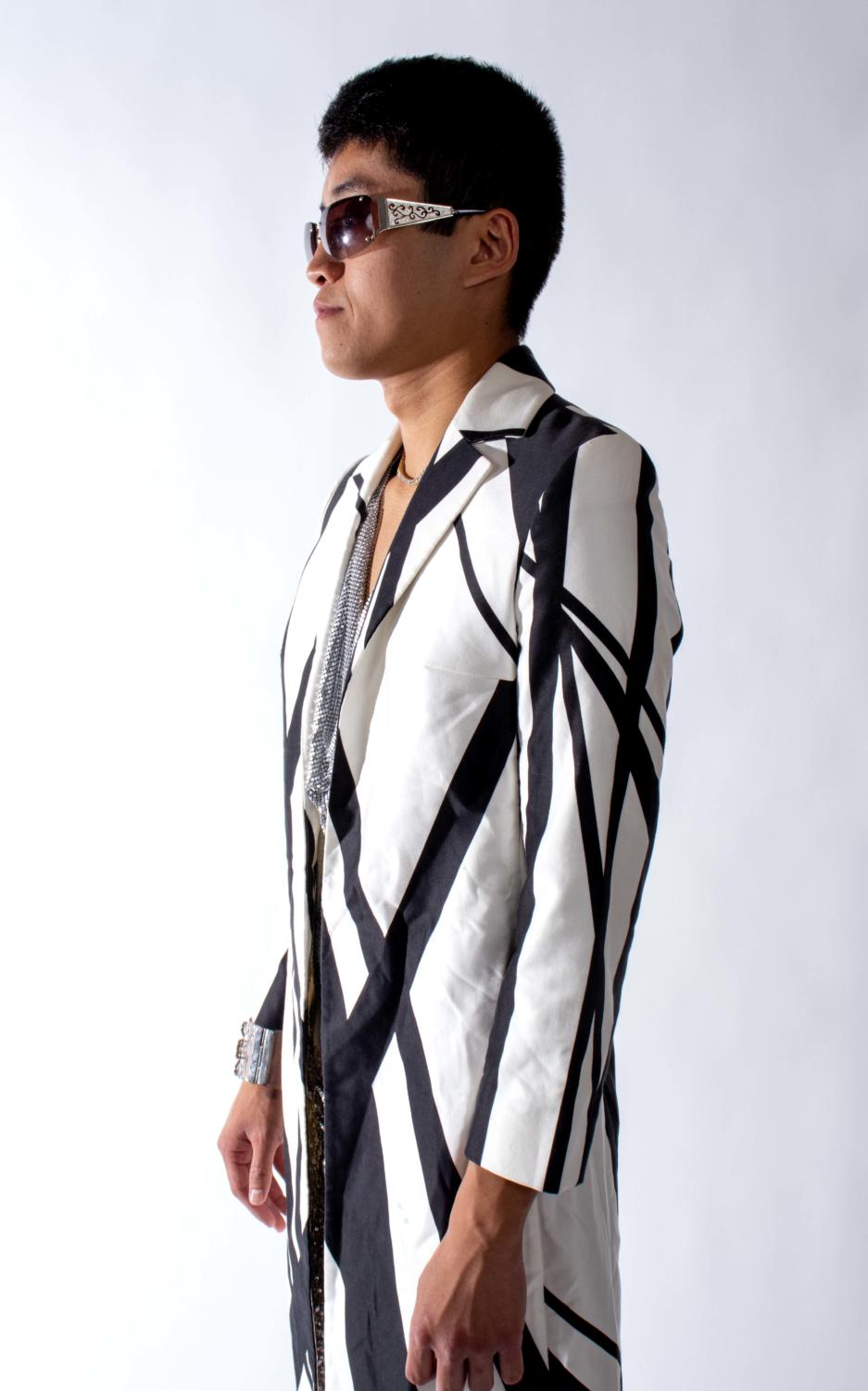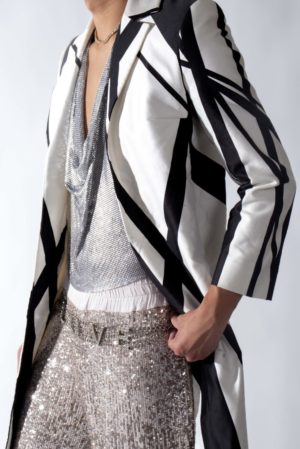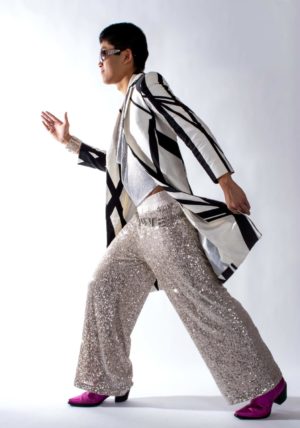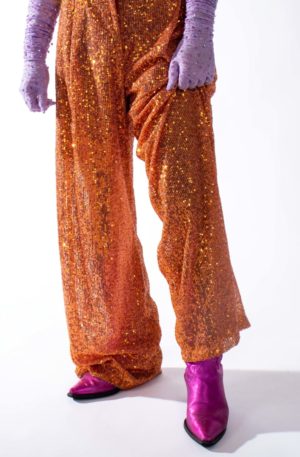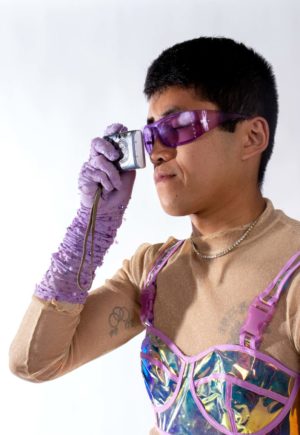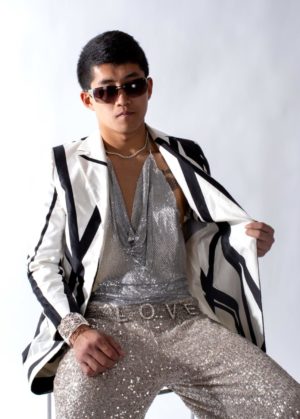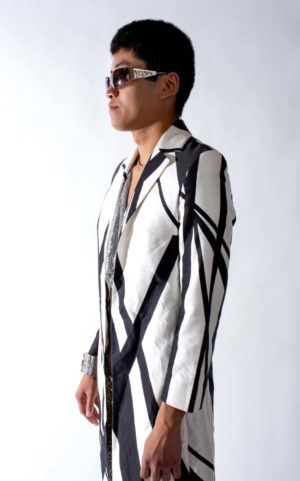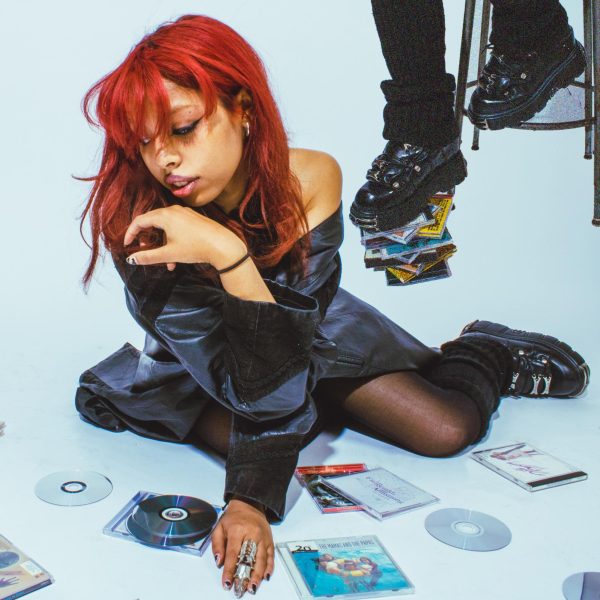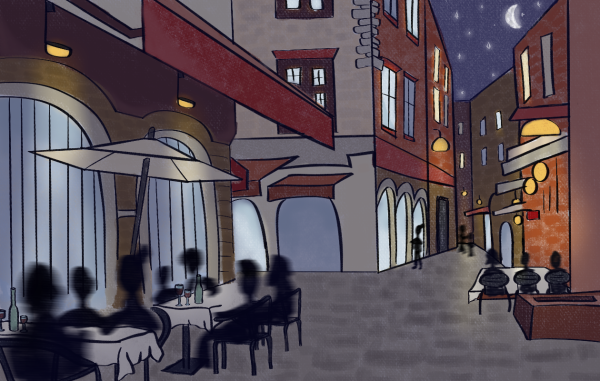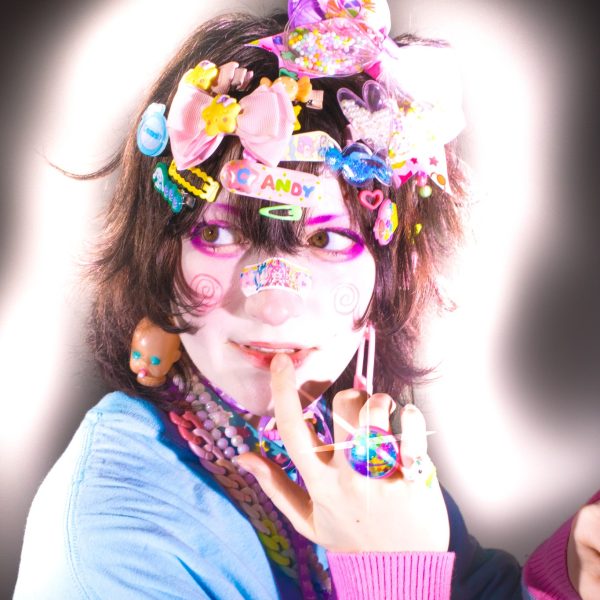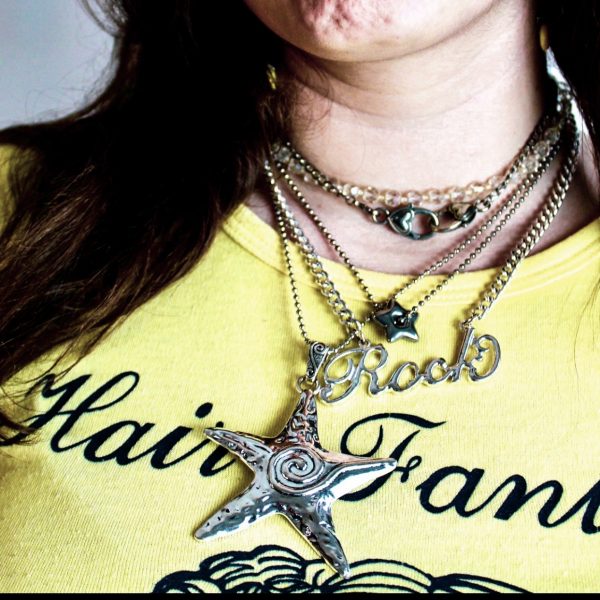silver souls: our moments with futuristic fashion
If you have been in tune with recent fashion trends from the last year or so, you have possibly observed a unique nostalgia for the fashion, accessories and tech from the late ‘90s and early 2000s. Items like reflective sunglasses, wired headphones (especially ones you would find in storage at your grandma’s house), synthetic-looking materials like patent leather or shimmery spandex or any piece of clothing you would see on a character in “The Matrix” have reemerged in today’s fashion trends.
All of these trends harken back to a time most of Gen Z have only experienced in early memories: Moments when family members switched on a hulking box TV playing an expensive Motorola ad or when a small silver portable CD player and its tangled headphones cord were found in the backseat of a car.
It was a new millennium, the internet was advancing and my mother was a flight attendant for Continental on a layover getting her hair done to Christina Aguilera. Futurism then was exemplified in shiny metallics, bubble shapes and tiny cell phones, but most of all an optimism for a new world beckoned by technological advancement.
This optimism was evident in the excessive typography, translucent colorful iMacs and frosty shimmering colors likening a techno-utopia. Although the 1960s didn’t have tiny cell phones, the phenomenon of the early 2000s mimicked some ‘60s style trends. When we hear the term “retro-futurism,” the ‘60s mod is the definitive style. With the space race, young designers wanted to explore what could be the next frontier in fashion and technology. It was the decade of Star Trek and Barbarella and youth rebellion.
Bold colors, Paco Rabanne’s chainmail dresses, aeronautically inspired silhouettes and chin strap space bonnets. While fashion publications initially critiqued the style as tacky and juvenile, youthful crowds embraced it. For many, to be young and fashionable was about go-go boots, mini dresses and rock’n’roll, adding a new level of unruliness to the polite society of the ‘50s.
This ’60s futurism in fashion was a reflection of an increase in women’s sexual freedom and space exploration excitement, creating a funky, bold, utopian style with a boundary-pushing short hem.
Today’s runways are reminiscent of trends and ideas from both decades. MSGM’s fall 2022 collection is inspired by the beauty of space. In Spring 2023, metallics and chromes are projected to rule the season as exemplified by Bottega Veneta and Diesel, along with cargo pants notably showcased by Givenchy, a trend popular in the early 2000s and with a futuristic edge due to its utilitarian design.
Although these “futuristic” styles were initially inspired by technological optimism, they wound up depicting futures that have never come to fruition. Fashion is imagining the future by looking back into the past. According to Refinery 29, a user report from Depop shows a spike in searches for “digital motifs and prints, chain detailing and silver and cool tones.” Some will even hunt to find vintage pieces from designers like Courrèges and Paco Rabanne, both revolutionary designers of the ‘60s. The embrace of futurism amongst younger generations perhaps speaks to an unconscious search to escape their own cynicism and doing so by reaching into the hopeful styles of the past.
Gen Z may not have memories of the moon landing, but they are confronting some of the same sexual liberation issues protested by women at the time. They may not remember their first time on a computer, but they are profoundly affected by social media and online activity. With a looming recession and many still recovering post-pandemic, the future-searching, star-gazing wonder of futurism can perhaps bring us in touch with the relentless human spirit.
Support Student Media
Hi! I’m Catie Pusateri, A Magazine’s editor-in-chief. My staff and I are committed to bringing you the most important and entertaining news from the realms of fashion, beauty and culture. We are full-time students and hard-working journalists. While we get support from the student media fee and earned revenue such as advertising, both of those continue to decline. Your generous gift of any amount will help enhance our student experience as we grow into working professionals. Please go here to donate to A Magazine.

